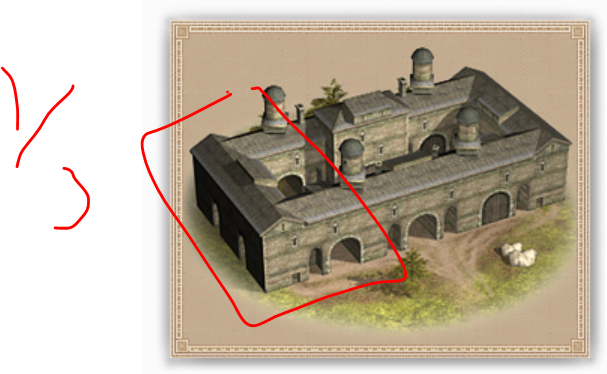Leaderboard
Popular Content
Showing content with the highest reputation on 2018-05-05 in all areas
-
It's come to my attention that there was an approved plan for dropping FFP and ARB shader support some 6 years ago, but the dev that was working on it left so it never got done, and we've been arguing about it on and off ever since. According to a survey taken some 3 years ago or so over 95% of our users have support for at least openGL 2.1 (shader version 120) and more than 45% have support for openGL 3.3 or newer, while a good chunk support 3.0 or 3.1 as well. So this is what I propose: - We remove all traces that FFP ever existed, from config, shader effects, and anything in the codebase relating to those things. - We remove all traces that ARB shaders ever existed. There is basically no one using them and no one working on them. The legacy support is cluttering up the codebase and making it more difficult to support newer and more useful things. Additionally, I propose we add support for: - Automatically detecting hardware GL version to support whatever 3.0/3.1/3.3/4.x features the user's hardware allows (and that we can find good use for). - Allowing for choosing different GLSL shader versions automatically based on GL version support. - Creating a config/command line option for spoofing older GL versions for testing purposes, so it's possible for devs to manually choose which shader versions will be loaded. - And of course support for draw-call reducing features from GL3.1-3.3, based on whatever the user's hardware supports. Since some things have lower version requirements than others it makes sense to allow such things to be enabled incrementally so users can get as much as their hardware can provide. Finally, I think we should establish shader version 120 as the standard for legacy OpenGL 2.x support, since basically no users have GL 2.0 graphics cards and virtually everyone has support for 2.1. GLSL version 120 supports a couple of very convenient features that allow for efficient shaders, at least as far as what 2.x supports in terms of performance. Not every shader needs to be declared as #version 120 (if it doesn't matter then who cares), but it should at least be made allowable without question wherever it's needed. Note that a lot of shaders will likely remain as GL2.x simply because there's no benefit to upgrading them. The water shader and postproc shader(s) and even the terrain shader are good examples. At the moment the only shaders that I'm aware of that would benefit from GL3.x are model_common and the particle shader, to support drawinstanced and soft particles.3 points
-
Thinking about openGL in terms of version numbers isn't really useful. People seem to have this idea that higher numbers are better, but that's not how openGL works. Really we should be using the lowest version number that has features that are highly useful to improving the performance and/or appearance of the game. Using a version higher than that doesn't actually do anything besides preventing people with older cards (like me) from playing. That said, I think 3.3 is a good idea, and there are some major performance and quality enhancements that could be had by upgrading. However there's also GLES to consider which I'm not actually certain about. We should really look into the consequences before making any major changes like that. Honestly we keep going around in circles with this. It'd be good to make a decision sooner rather than later. Technically only model and particle drawing would need to be changed, I'm pretty sure. Upgrading to openGL3 doesn't mean that every shader would need to change, only the ones that would need to handle instancing and depth readback for soft particles would need to be updated. That and the model drawing code would need to be updated to use real instancing. It's less of the engine than you might imagine (although if we decided to throw out arb or ffp that'd be a lot of cleanup). Hmm. That could actually be done. It's certainly worth testing though.3 points
-
3 years old stats about OpenGL versions here: http://feedback.wildfiregames.com/report/opengl/feature/GL_VERSION Only about 4% users with OpenGL < 2, surely a lot less by now (and likely with the game lagging or even unplayable anyway). As discussed elsewhere recently, dropping OpenGL < 2 was anyway already approved 6 years ago, just never done (probably due to myconid developer disappearing): So, if you are motivated, you are free to propose something. Also somewhat related: https://trac.wildfiregames.com/wiki/GraphicsFeatureStatus About OpenGL 4, you may even consider Vulkan as an alternative with similar card support, no idea how it's worth however.2 points
-
That kind of design was used until the end of Qin Dynasty only. By Han period, bronze two-piece (spear + dagger-axe) halberd was largely replaced by slender, one-piece iron halberd head. It's in the lower right of your first image. Han halberd was more slender, streamlined, vicious, but also kinda ugly. Still, it was what it was. Either iron or leather (actually hide is more correct). Both were lacquered black. No. The character itself is problematic (I don't think that kind of font style existed back then - it's a modern font and clearly printed from a computer), and it's likely that they didn't actually put the character "Han" on their flags (none of the subsequent dynasties/modern China did, either). (I think Roman wouldn't write “SPQR” on their flags either).2 points
-
Personally I'd prefer to see resources be rate limited rather than boom-bust exhaustion. ie metal and stone could be infinite, but with limited gatherers per node. Well, except for the small nodes which could be exhaustible but without gatherer limits. That way if you need more stone/metal income the only way to get them is to expand. It'd also be nice to have a "tree farm" for gathering unlimited but slower/gatherer limited wood. I think delenda est's incremental expansion mechanism is more in the right direction. That way you only need to build an expensive CC to capture enemy eco structures or to prevent your own from being captured (or maybe to create territory pressure). Maybe even make fortresses fully independent as a cheaper and more flexible forward base.2 points
-
Soldiers are Gatherers I won't be getting much into the heart of the anti-Citizen Soldier arguments because I already got traumatized by that. You might be working the assumption that you're losing resources because you're using ALL of your soldiers to fight, instead of leaving some to gather resources. Harassers actually hold the initiative because he forces his opponent's units to abandon their work and thereby lose resource-gathering time while he has some leftover gatherers buying that time at home. If playing against the AI, I can see why towers are effective. But from what I understand, building Towers early on sacrifices an amount of resources and is generally not advisable... especially because they are only static defenses. They're easily taken down by the aggressive players. Only the Mineral placement is what I can agree to... so do the devs. They're just placing them in there for now.2 points
-
I disagree completely. Early cavalry raids are absolutely devastating. Very hard ai opponents quickly become trivial when you focus on offense from the beginning. I can easily win in under twenty minutes 1v1 vs the hardest ai, often before the 15 or even ten minute mark, and I'm not even especially good. It's to the point that I'll often purposely play defensively just to challenge myself. I suggest you build nothing but cavalry until you reach 20 population. Have them hunt until you do. Then start raiding the enemy, focusing on their women. You now have a ton of food from hunting and enough wood to start building houses. Spam women and boom your economy while devastating your enemy. It's totally op unless you have multiple opponents.2 points
-
Hi, I checked out 0AD again recently and was positively impressed. The game has improved by leaps and bounds. I really like your art and music. Congratulations! After a few games against the AI, I started to wonder. I am playing a lot of other RTS games, such as Company of Heroes, Command&Conquer, Sins of a Solar Empire and Starcraft. 0AD seems very different. Especially, it takes very long until the first combat occurs. For five to ten minutes, players have to build up their bases instead of rush or harrass each other. This makes the first phase of the game seem more like a city builder than a strategy game. 0AD seems to make the player turtle in the beginning until they can steamroll the enemy. Most other RTS games reward early harrassment of the enemy a lot more. So I tried to analyse the core game mechanics to understand why rushing and harrassing are so difficult in this game and it takes so long to go on the offense. Here are my findings. Soldiers are also workers: This means that when you use your Slingers and Hoplites to go on the attack, you lose resources. While your soldiers are marching to the enemy base (and back hopefully), his soldiers are chopping wood! So you are punished for attacking by losing resources. This is a flaw in the core game mechanics IMHO. Town bell: Workers can be garrisoned automatically. This makes it impossible to successfully harass enemy workers. It is true that he loses resources while he is garrisoned, but so do you - your attacking men aren't working, after all! The only good soldiers in this game are ones that aren't workers, because you don't lose resources when they are fighting. This is a large part of why cavalry is so powerful in this game. They are cheap and you don't lose income when they are away. Defense towers are too cheap and too effective. By the time your men reach the enemy base, his men there will not only outnumber you (because he kept producing units while your army was walking), but any defense towers he has are going to further stack the odds against you. As a result, the game largely discourages early fighting. On top of that, the game also discourages expanding. In most RTS games, the player is forced to expand for resources pretty quickly. This means players have to take a risk, leave their starting area and expose themselves, thus inviting the opponent to harrass the expansion and creating "action". In 0AD, however, early expanding is a bad idea. Your starting location contains large amounts of resources, even metal, inviting you to camp in your base during the early game. The expansion building (agora) is very expensive. The build radius from your first agora is large enough for you to reach several tree lines by simply building storage houses which are very cheap. This encourages players to stay in their starting location for a long time instead of motivating them to expand and thereby become vulnerable. The result is a very static early game where both players turtle in their base and build walls out of houses instead of expanding and harrassing the enemy. That seems really lame.1 point
-
1 point
-
1 point
-
Um, for Sins of a Solar Empire, it is nearly impossible to rush, especially if you choose anything besides TEC Rebels (since you don't care for pirates), or Vasari Loyalists (because they have general buffs for all ships). I mean, Sins is a fairly slow game, even slower than 0 AD because of the fact that you need to first fight over every planet that you need to colonise (or destroy ships that can bombard the surface). 0 AD also doesn't reward turtling that much because of the way resources and territory are handled. If you turtle too much, then your enemies are going to easily be able to siege you out some way because of the dynamic economy pulling you down. You need to kind of "rush" to get that territory like in other strategy games.1 point
-
1 point
-
Too old or not installed. Check the Build Instructions page for the required minimum version.1 point
-
That's true, I've used that trick on Jebel Barkal often when I had only a dozen of units in the CC that could kill an attacking elephant but not the soldiers around it.1 point
-
Possible? Certainly. However currently the engine only supports picking between GLSL, arb, and fixed-function modes and doesn't actually check gl version and probably doesn't support picking between different shader versions based on what the hardware is capable of. That would need to be added. I think a reasonable compromise would be to drop arb and ffp support (it's not like anyone actually does any work on arb/ffp anymore anyway) and replace it with support for choosing between GL2 and GL3, with support for using GL4 in the future if we ever find a definitive use for GL4 features. If we have it choose the highest shader version supported it'd give us a lot of flexibility in terms of upgrading things incrementally.1 point
-
Roman barracks is not a good precedent, since it defies the standard barracks layout. It needs to be replaced. Your walls look a bit rough, look to real world fortifications for reference on crenellated battlements1 point
-
I was talking about what happens in the first 5-10 minutes. Cavalry being OP doesn't change the fact that the core game mechanics reward passive play in Phase 1.1 point
-
There is a point where cards that don't support more recent standards won't have enough power to run the game well anyway. I don't know what that level is, but I somewhat doubt we need to support less than OpenGL 3. OpenGL 4 would be debatable, but 8 years is a still a long time.1 point
-
Here is a high resolution image reference. Although I am not sure if this is from the right period that the mod covers. Here's another, an overview of the city coastline. On the lower left side, you can see potential references for the dock building1 point
-
I just wanted to quickly mention that freestanding towers outside of the Roman Empire generally didn't exist, and having them as part of the game aside from just editor buildings would be an inaccurate portrayal of civilisations aside from the Romans. They already have a limited utility with being able to be built only in friendly territory, and walls with their turrets more or less cover that function already. If towers are removed, maps can (and should already) be better designed to allow players to wall since that would be the only viable defence aside from a fortress. Also, outposts in their current iteration are inaccurate as far as I see (I could be incorrect on this matter). I will admit that they provide a fun gameplay options with their line of sight and neutral territory capabilities, however. The only reason that both of these exist is because of former RTS games like Age of Empires having them.1 point
-
Did you guys enjoyed Stronghold crusader, I did, so wouldn't it be cool if there are some moat mechanics, also the tower selection and labors around/in the buildings, and you can see what are they doing. Also the war dogs and oil smelters. The wall building was good.1 point
-
Like those tiny rectangular fields, farmed right in the centre of town, next to the Civic Centre? :p I would personally love to see more differentiation from the classic RTS conventions, as long as it's sensible and history based1 point
-
@Thorfinn the Shallow Minded I think you're generally correct about the towers. It is mostly just a (fun) RTS convention... I think there is some debate possible about the outposts though. They look just like modern hunting posts or observation posts, which are used all over the world. It's just a simple timber construction providing some elevation, and thus an improved line of sight. They can be put up in a day, and would be very useful in any drawn out conflict. They wouldn't leave any trace in the archaeological record on account of their light design, and might have been such a no-brainer/standard/considdered too insignificant to mention to appear richely in written history. Just speculation on my part though.1 point
-
We must follow the color palette of the Theodosian walls. The dominant color must be a light colored brick. Plus the red brick must be thinner than lighter bricks and the sections it occupies must be thinner too compared to the rest of the sections. (Or this could vary per building) I think those plastered/repaired sections should be introduced as props. A combination of meshes and alpha-channel texture materials.1 point
-
You're completely right, free standing towers belong to the Medieval times, not really to Antiquity. Unfortunately, the AI is unable to construct walls, and if outposts and towers were to be removed, the AI would be significantly more vulnerable than it is already.1 point



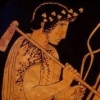

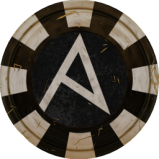
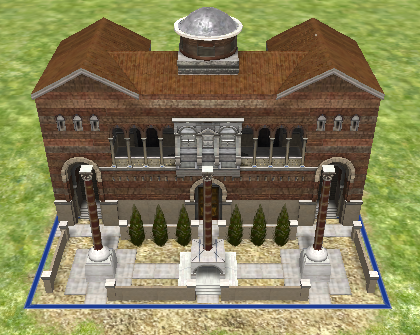
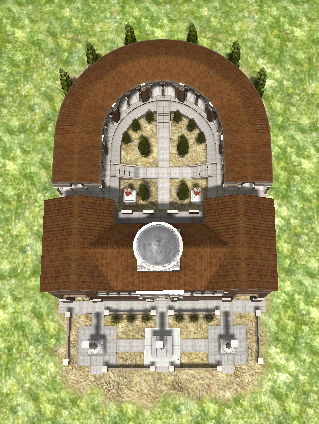
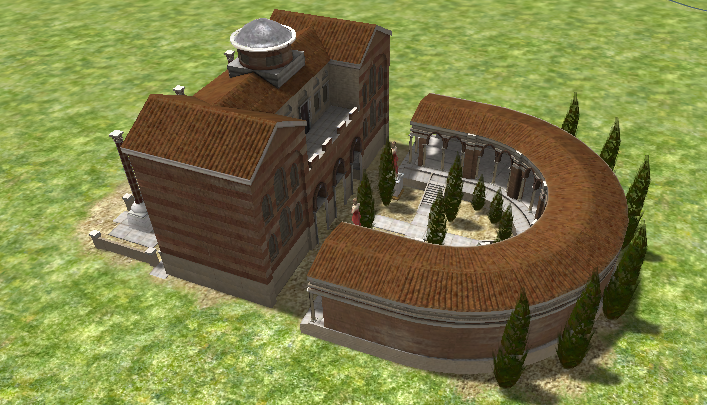
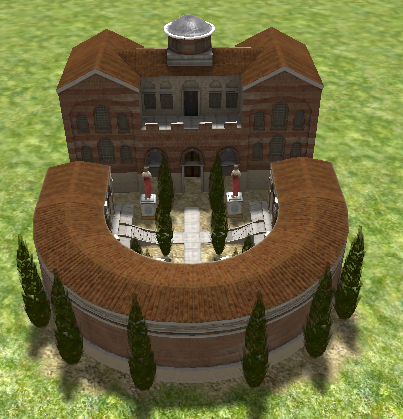
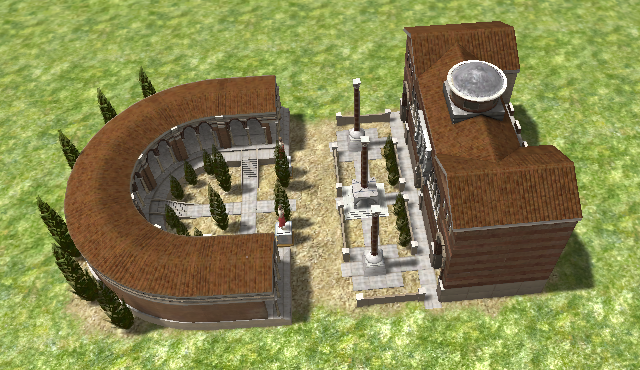
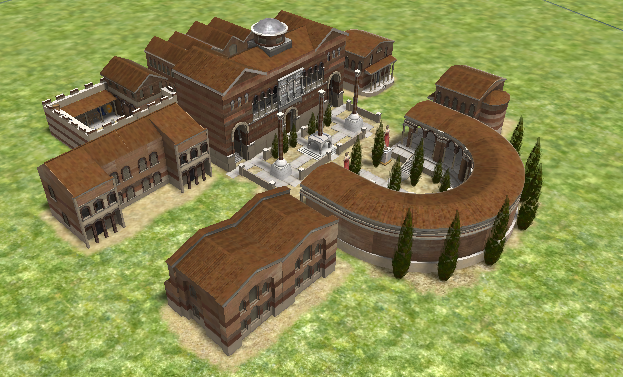
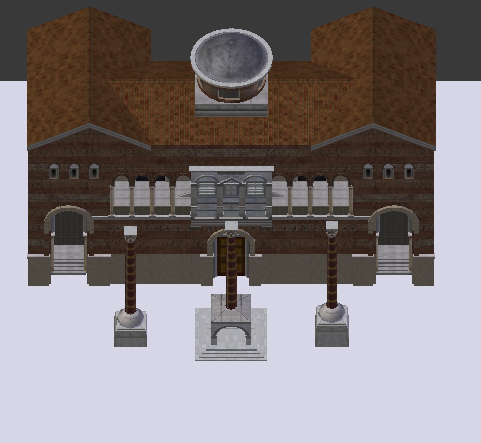
.thumb.png.ce58cea22940c255f5b0a735d5abee36.png)
